The top of your tree, also known as the crown, should be the healthiest part of your tree. If your tree is dying from the top down it is experiencing a common but serious tree symptom call crown decline. Crown decline can be caused by many issues including, root stress or damage, insects, drought, and bad soil composition.
Table of Contents
WHAT TO DO WHEN THE TOP OF YOUR TREE DIES
I don’t know if we’re cursed or what, but we’ve had two trees exhibit a strange, disfiguring phenomenon wherein the top part of the trunk — the “leader” — has died, taking with it numerous scaffold branches and leaving an unsightly, shortened trunk surrounded by perfectly healthy branches.
One was a cedar elm (Ulmus crassifolia), and the other, a Texas red oak (Quercus buckleyi).
The cedar elm was fairly young, only about 8 feet tall, when its top died. The tree was located in a prominent place on our corner suburban lot, so we dug it up and moved it to our side yard, behind a fence.

We link to vendors to help you find relevant products. If you buy from one of our links, we may earn a commission.
We didn’t hold much hope for it, because after we lopped off the top, all that was left was a crazy array of lateral branches radiating out from what was left of the center trunk.
The red oak was about 10 years old and 40 feet tall when its top died. As large as it was, quite a few large scaffold and lateral branches also became firewood.
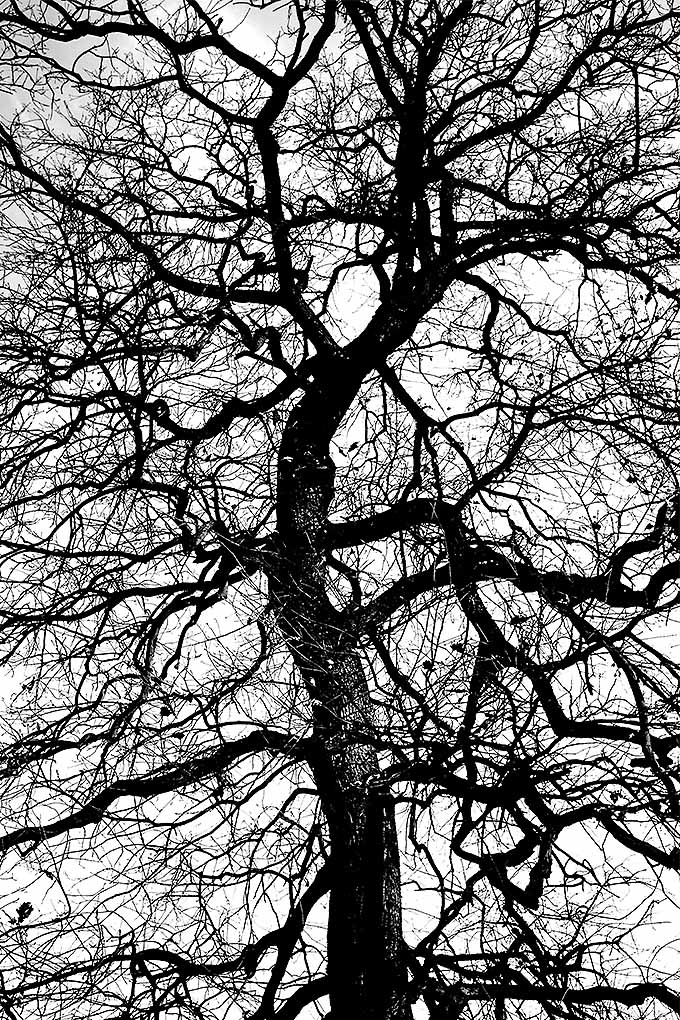
Read on to learn more about the fate of our trees!
Common Causes
What causes the top part of a tree to die? It could be any of a number of things. Let’s examine them in more detail:
Root Stress
Root stress is among the most likely causes of the demise of the top of the tree.
“A tree tries to maintain a balance between the top and the underground system,” says Skip Richter, county extension agent in horticulture for Harris County, Texas. “There’s a constant flow both ways. If you lose roots, you’re going to lose something above ground.”
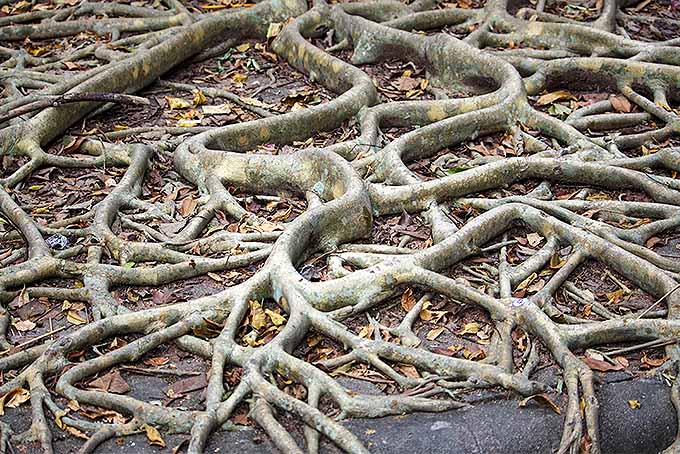
Recent construction near the tree, or soil compaction from other causes, can stress roots. “In suburban environments, we build houses, streets, and sidewalks near trees,” says Richter. “All of these can cause issues.”
Another form of root stress comes from root girdling — when the roots coil around the base and constrict the flow of sap.
This can happen when trees are grown in containers, and the problem is exacerbated when they are brought home from the nursery and planted too deep.
Drought
A lack of adequate water can lead to death of the top part of a tree as well. “Make sure your tree gets a good soaking on an infrequent basis,” says Richter. “Most of our watering is too little too often.”
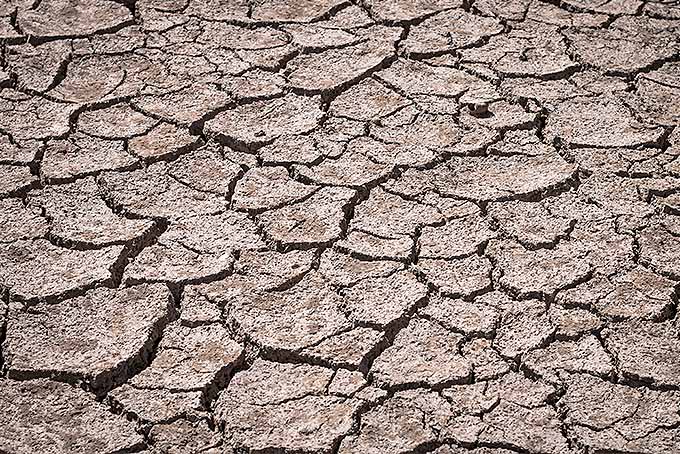
Richter suggests watering to a depth of two inches every two weeks if it’s been dry. And he suggests using a rain gauge or a straight-sided can to measure.
Remember to soak the ground until you start to see runoff, pause for an hour or so, and then resume watering until you get the two inches. “You want the top 10 to 12 inches of soil to be quite wet,” says Richter. “That’s where 90 percent of the roots are.”
Insects
Bark beetles, such as emerald ash borers and bronze birch borers, are a less common cause of the decline of the top of your tree, and most commonly affect very young or old trees, says Richter.
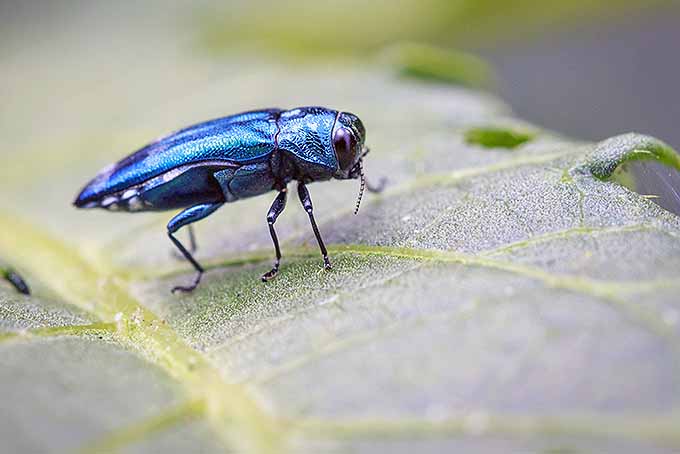
Check for entry and exit holes in the branches and trunk. If woodpeckers are around, that can be a clue that beetles are present.
If you do indeed suspect an insect infestation, an insecticide might be effective, says Richter, “But the bugs are often inside, under the bark and out of reach of the chemicals.”
Inadequate Soil
Soil problems can also lead to treetop death.
Thin, inadequate soil may not provide enough stability or nutrients to maintain a healthy tree. Rocky soil can result in similar issues. Sandy soil may not hold moisture well, and can also be a bit of a problem.
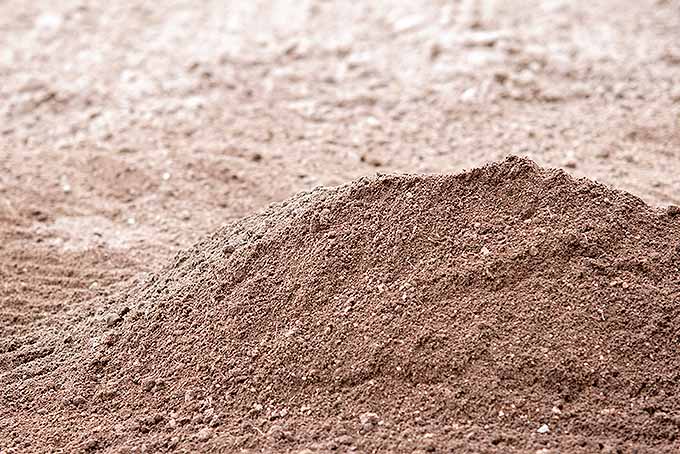
Be sure you’re planting trees that, if not native, are at least adapted to your area. “Make sure you know your yard, and know your tree’s necessary growing conditions,” says Richter.
If your tree is planted in a lawn, he cautions against using fertilizers that have herbicides mixed in.
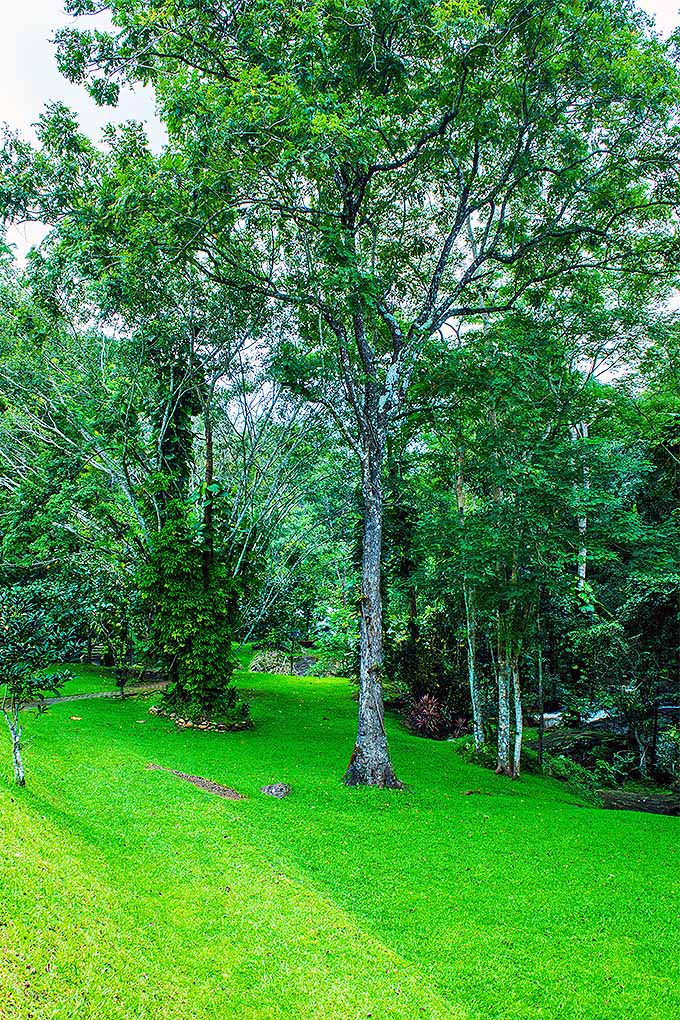
“Weed killers get washed down into the root system,” he says. “I see a lot of injury to trees from lawn weed killers. Nobody applies them correctly.”
If you must use an herbicide, Richter says, “Don’t use too much and don’t do it before a rain. That combination gets down into nearby trees’ root systems.”
What to Do?
Should you suffer the loss of the top of a tree, immediately cut back the deadwood, suggests Richter. In fact, Richter recommends you bring in a certified arborist to help you remove the dead material properly.
“Anybody can go out and buy a chainsaw and trim trees,” he says, “but we see a lot of bad pruning jobs by uncertified hacks, and we see the trees suffering because of it.”
If you need to find a certified arborist in your area, Richter suggests visiting the Trees Are Good website.
Water and fertilize your sick tree, too. And hope. “There’s not much else you can do,” says Richter.
The Good News
Mother Nature is resilient. She wants her creations to thrive, and often they do.
Our cedar elm miraculously sprouted a new leader — a pair of leaders, actually, as if the extra was there for insurance. Many years later, the elm is thriving in its new location.
The red oak’s misfortune is more recent, and while we’ve cut the dead leader and limbs, we still await its ultimate fate.
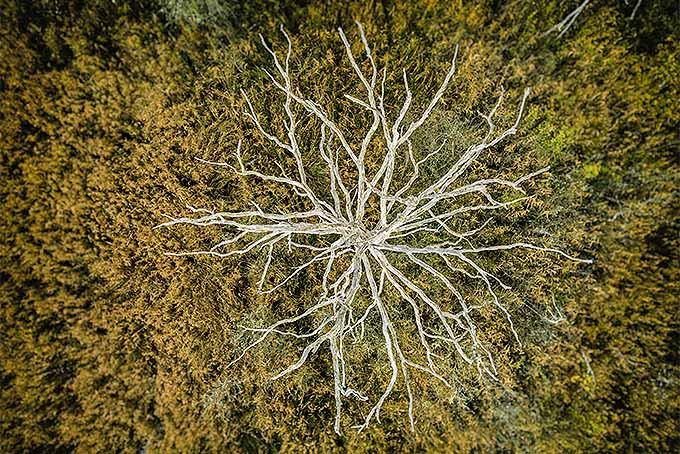
The rest of the oak seems fine, so we’ll hope it shoots up a new leader and continues to provide shelter for the flippin’ squirrels who leap from its boughs over to our magnificent fig tree for a tasty snack. Grrrr…
Original post here https://gardenerspath.com/plants/landscape-trees/top-tree-dies/.

